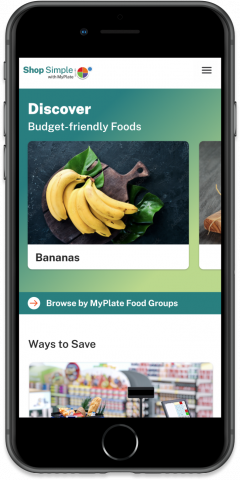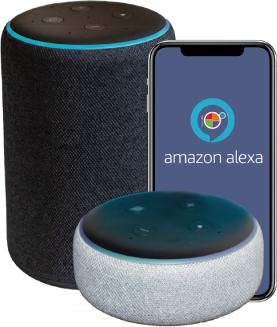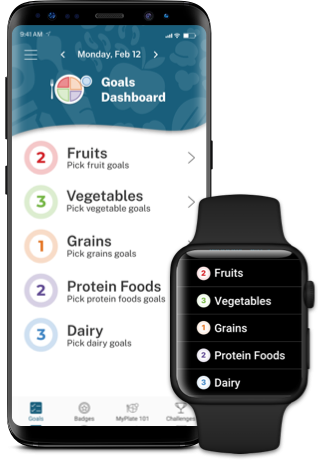Be Salt Smart
Healthy eating is important at every age. Eat a variety of fruits, vegetables, grains, protein foods, and dairy or fortified soy alternatives. When deciding what to eat or drink, choose options that are full of nutrients and limited in added sugars, saturated fat, and sodium. Start with these tips:
Read the label
The Nutrition Facts label shows you how much sodium is in packaged foods. Choose lower sodium foods – especially if you have high blood pressure, diabetes, or kidney disease.
Eat fruits and veggies
Enjoy a variety of fresh and frozen fruits and vegetables – almost all of them are naturally low in sodium. Look for canned vegetables labeled “no added salt.”
Look for cue words
Items that are “pickled,” “brined,” or “cured” tend to be high in sodium. Include these foods in your meals sparingly.
Put together meals at home
Making your own meals gives you more control over the salt you eat. Taste your food before adding salt from the shaker.
Go easy on the sauce
Be mindful of how much sauce, gravy, salsa, ketchup, soy sauce, marinade, or dressing you're using. The sodium from these can add up quickly.
Spice it up
Flavor your foods with fresh or dried herbs and spices instead of salt. Pick spice blends that do not list salt or sodium on the ingredient list.





